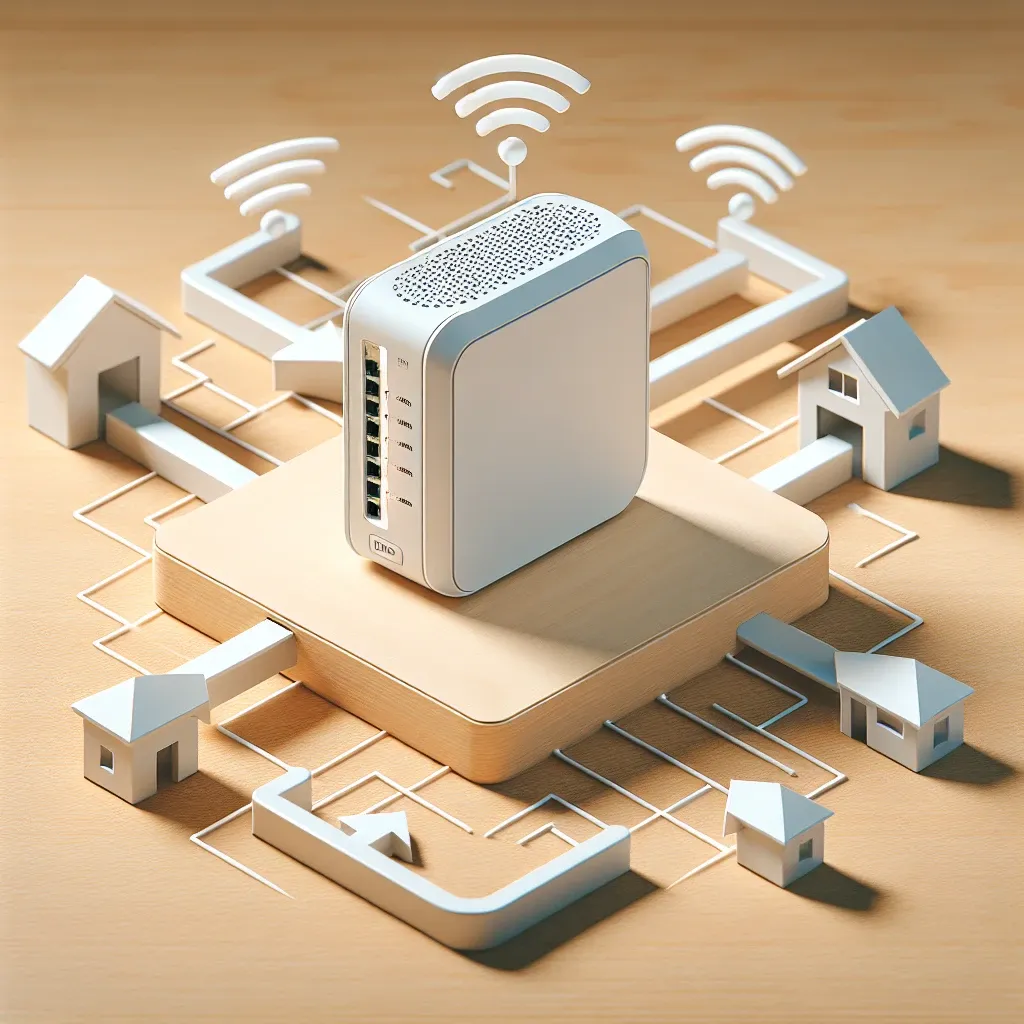Understanding Wi-Fi Range Issues
Wi-Fi is essential for modern living, yet many of us continue to struggle with weak signals and dead spots in our homes or offices. Different factors such as physical obstructions, interference, and the router’s placement can heavily influence Wi-Fi performance. To effectively extend a modem’s Wi-Fi range, it’s crucial to identify the root cause of the issue.
Common Issues That Affect Wi-Fi Range
- Physical Barriers: Walls, floors, and furniture can obstruct Wi-Fi signals.
- Interference: Electronic devices and neighboring Wi-Fi networks may create interference.
- Router Placement: Poor placement of the router can limit effective coverage.
- Outdated Hardware: Older routers might not provide strong Wi-Fi signals.
- Network Congestion: Numerous devices connected can slow down the Wi-Fi speed.
How to Extend Your Modem’s Wi-Fi Range
1. Place Your Router Strategically
Your router’s placement is one of the most significant factors influencing its range. Ideally, it should be located in the center of your home or office, elevated, and away from obstructions and electronic devices.
Optimal Router Placement Tips
- Place it in a central location away from walls and large metal objects.
- Elevate the router on a bookshelf or mount it on a wall.
- Avoid placing it near microwaves, cordless phones, or baby monitors.
| Placement Location | Impact on Wi-Fi Range |
|---|---|
| Central Location | Maximizes coverage uniformly across the area. |
| High Elevation | Improves signal dispersion. |
| Away from Electronics | Reduces interference. |
2. Upgrade Your Router
If your router is more than a few years old, it may lack the features necessary to deliver a fast and stable Wi-Fi connection. A newer model with the latest specifications, such as Wi-Fi 6, will extend your modem’s Wi-Fi range effectively.
Benefits of Wi-Fi 6
- Supports more simultaneous connections.
- Provides faster speeds and lower latency.
- Improves performance in densely populated areas.
3. Use a Wi-Fi Extender
Wi-Fi extenders, also known as repeaters, are devices that help amplify your router’s signal and extend its range. These devices are relatively easy to set up and can make a significant difference, especially in larger homes.
How to Set Up a Wi-Fi Extender
- Place the extender midway between your router and the dead zone.
- Ensure that the extender receives a strong signal from the router.
- Follow the manufacturer’s instructions for setup and configuration.
4. Utilize a Mesh Wi-Fi System
A mesh Wi-Fi system consists of multiple nodes working together to provide seamless coverage across a vast area. Unlike traditional extenders, mesh systems offer better performance and are ideal for larger homes or offices with multiple floors.
Advantages of Mesh Systems
- Uniform coverage with no dead zones.
- Seamless connectivity without the need to switch networks.
- Easy to expand by adding extra nodes.
5. Update Firmware and Software
Regular firmware updates from the manufacturer can help fix bugs, improve performance, and extend Wi-Fi range by optimizing how the router manages data and network traffic.
Updating Your Router’s Firmware
- Log in to your router’s admin panel.
- Check for firmware updates from the manufacturer.
- Download and install the updates as instructed.
6. Reduce Interference
Electronic devices, other Wi-Fi networks, and even household appliances can interfere with your Wi-Fi signal. Reducing interference by changing your router’s channel or adjusting its settings can significantly enhance its range.
How to Reduce Interference
- Switch to a less congested Wi-Fi channel via the router’s settings.
- Enable Quality of Service (QoS) to prioritize important traffic.
- Opt for 5GHz frequency instead of 2.4GHz to avoid congestion (if supported).
Conclusion
Extending your modem’s Wi-Fi range involves a combination of strategic router placement, hardware upgrades, and the use of additional devices like Wi-Fi extenders and mesh systems. By understanding the factors that impact your Wi-Fi signal and taking the appropriate measures, you can improve your internet connectivity significantly, ensuring a smoother online experience.

